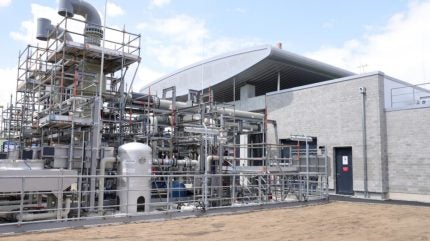
Green hydrogen and derivatives, including ammonia and methanol, are becoming the key components in the global shift towards net-zero emissions, offering significant trade opportunities, especially for the Global South, reported the International Renewable Energy Agency (IRENA).
Produced via electrolysis using renewable energy, green hydrogen is gaining prominence for its potential to decarbonise sectors that are challenging to abate.

Discover B2B Marketing That Performs
Combine business intelligence and editorial excellence to reach engaged professionals across 36 leading media platforms.
Its scaling could lead to green industrialisation, energy independence, enhanced global trade participation, and job creation.
While fossil-derived grey hydrogen is a widely used industrial commodity, green hydrogen offers a clean alternative as an energy carrier and feedstock in carbon-intensive processes.
Heavy-duty transport sectors such as aviation, maritime shipping, and possibly long-haul trucking also see green hydrogen as an energy-dense solution for extended journeys, providing clean alternatives to fossil fuels.
Green hydrogen’s ability to address seasonal energy storage challenges is another advantage. It can be produced when renewable energy is abundant and used during peak demand periods, offering a solution for large-scale, long-duration storage.

US Tariffs are shifting - will you react or anticipate?
Don’t let policy changes catch you off guard. Stay proactive with real-time data and expert analysis.
By GlobalDataFlexible electrolysers may also enhance power system resilience in highly renewable power systems.
According to IRENA, international trade flows could meet approximately 20% of the anticipated global demand for hydrogen.
The geographic disparity between demand centres and regions with renewable energy potential for cost-effective production suggests significant trade opportunities.
Sub-Saharan Africa could produce green hydrogen for domestic use and export, leveraging its strategic position for market access and land availability for infrastructure.
North Africa’s proximity to European demand centres positions it as a key supplier, potentially fulfilling 18% of the EU’s green hydrogen needs by 2050, fostering a Euro-Mediterranean energy trade.
IRENA estimates a global cumulative investment need of $2.49tn by 2050 for the hydrogen value chain, including renewable energy capacity, electrolysers, and battery storage.
The agency stated that strategic planning, investments, and international collaboration are essential to unlock these value chains and drive sustainable development.





